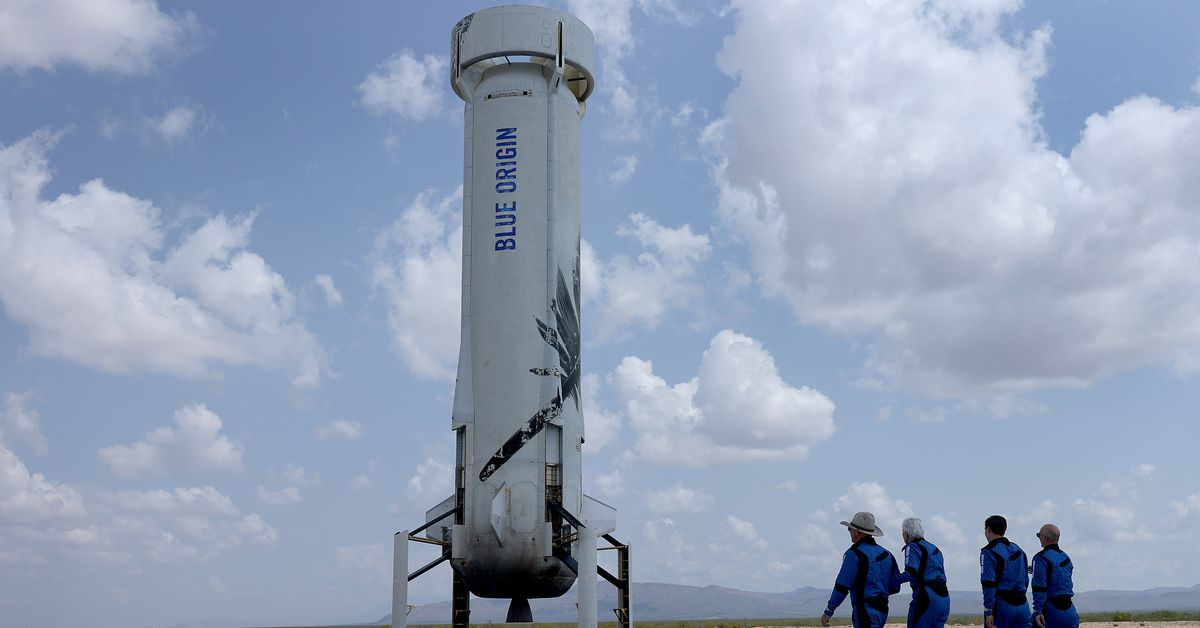
For many, the rise of commercial space tourism is a vulgar display of wealth and power. Amid several global crises, including climate change and a pandemic, billionaires are spending their cash on launching themselves into space for fun. When Amazon founder Jeff Bezos told reporters after his first space tourism trip on Tuesday that Amazon customers and employees had “paid” for his flight, that only intensified that criticism.
But critics won’t deter Bezos and the other superrich. Space tourism is now a reality for the people who can afford it — and it will have repercussions for everyone on Earth.
In fact, all signs indicate that the market for these trips is already big enough that they’ll keep happening. Jeff Bezos’s spaceflight company Blue Origin already has two more trips scheduled later this year, while Virgin Galactic, the space firm founded by billionaire Richard Branson, has at least 600 people who have already paid around $250,000 each for future tickets on its spaceplane.
Now, as the commercial space tourism market (literally) gets off the ground, there are big questions facing future space travelers — and everyone else on the planet. Here are answers to the six biggest ones.
1. What will people actually be able to see and experience on a space trip?
The biggest perk of traveling to space is the view. Just past the boundary between space and Earth, passengers can catch a stunning glimpse of our planet juxtaposed against the wide unknown of space. If a passenger is riding on a Virgin Galactic flight, they will get about 53 miles above sea level. Blue Origin riders will get a little bit higher, about 62 miles above sea level and past the Kármán line,
Continue reading – Article source
Posts from the same category:
- None Found









